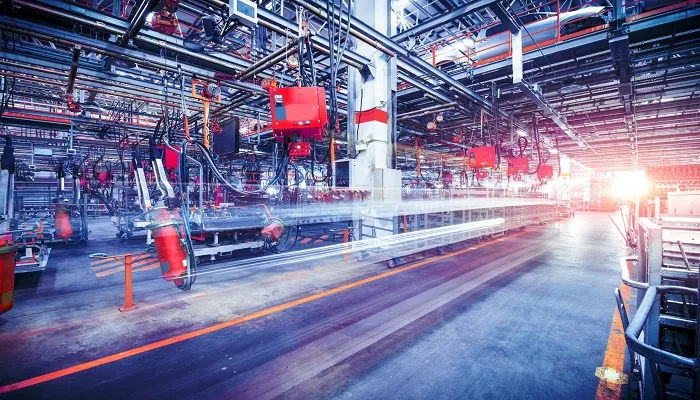Technology
Inaugural Lenovo Intelligent Transformation Index Finds the Biggest Barrier to Digital Transformation Across All Industries Is the Lack of a Skilled Labor Force

Lenovo Launches Annual Intelligent Transformation Index to Explore the Global Adoption of Digital Intelligence
To explore the adoption of technology driving intelligent transformation, Lenovo launched the first edition of the global Intelligent Transformation Index, which benchmarks adoption rates of transformative digital technologies across markets and industries. The report is written by Economist Impact and commissioned by Lenovo.
Across all businesses, technology is transforming every aspect of an organization’s function, but it is technologies such as big data, artificial intelligence (AI), and the internet of things (IoT) that are driving a new paradigm of change – intelligent transformation – for better social and economic outcomes. However, the lack of skilled labor is slowing the speed of adoption.
The Intelligent Transformation Index
Lenovo’s Intelligent Transformation Index ranks market adoption of big data, AI, and IoT, based on published data from the OECD, and proprietary survey data. The team at Economist Impact identified that markets based in Northern and Western Europe showed the highest adoption rates compared to other markets, primarily due to advanced infrastructure, skilled labor force, and forward-looking government policies that promote trust and transparency in data usage.
The highest of all the markets included in the index was Denmark, where the Intelligent Transformation Index showed that 27% of its businesses used big data while 24% had deployed
technology. While advanced economies generally have made more progress in Intelligent Transformation, a high GDP per capita does not guarantee good performance. Canada and Australia ranked 31st and 32nd, respectively, of the 33 countries studied.
When looking at the adoption of big data, AI, and IoT, across industries, the ICT Services sector shows the highest overall level of adoption. Firms in the manufacturing and logistics industries show high adoption of IoT due to the use case of this specific technology in efficiency-driven supply chain intelligence. Knowledge industries such as professional, scientific, and technical services show more developed use cases for big data and AI.
The least “intelligent” sectors are accommodation, food service, and construction. In these industries, firms tend to be smaller or family-run businesses that lack the scale and resources to deploy the newer wave of technologies.
Where next for Intelligent Transformation?
While digital intelligence is still in its infancy, it is clear from Lenovo’s Intelligent Transformation Index that adoption is wide-scale and cross-industry. While building digital infrastructure can be relatively quick, the biggest barrier to adoption is the availability of a skilled labor force. Equipping employees with the necessary skills to adapt to increasingly data-driven and automated work processes will be a key challenge for organizations in the coming years.
Moving into 2023, companies across the world are focusing on controlling expenses in the face of an uncertain economy. Integrating big data, AI, and IoT as an out-of-the-box solution via the cloud can help support an organization’s goal towards intelligent transformation, helping increase affordability and lowing the barrier to adoption, while driving greater business intelligence.
“The Intelligent Transformation Index study is the first cross-country and -industry assessment of the factors driving the deployment of intelligent technologies at a global level. Countries looking to excel in digital intelligence need to possess the ‘trinity’ of talent, data, and infrastructure,” said Alexander van Kemenade, Principal at Economist Impact.
“There is also a need to focus on industries outside of the tech sector, as these typically tend to be the weakest link. Countries with the highest adoption rates are those where firms in more traditional sectors like retail and hospitality have also embraced the digital intelligence revolution”, van Kemenade continued.
Lenovo’s Intelligent Transformation journey includes fully embracing Big Data, AI, and IoT across its 30+ manufacturing sites to build a resilient supply chain. At Lenovo’s LCFC factory in Hefei, China, AI is used in the production scheduling process, reducing the time from six hours to 90 seconds, while improving output by 19%. IoT provides full transparency and deep analysis to address problems, and analyzing big data in a cloud platform helps identify potential issues and helps meet customer demands, ensuring orders are delivered on time, resulting in a PC being delivered off the production line every 0.5 seconds.
At this year’s World Economic Forum, LCFC was added to the Forum’s Global Lighthouse Network of leading manufacturers, which demonstrate leadership and integration of fourth Industrial revolution technologies (4IR).
Source: Lenovo


















































